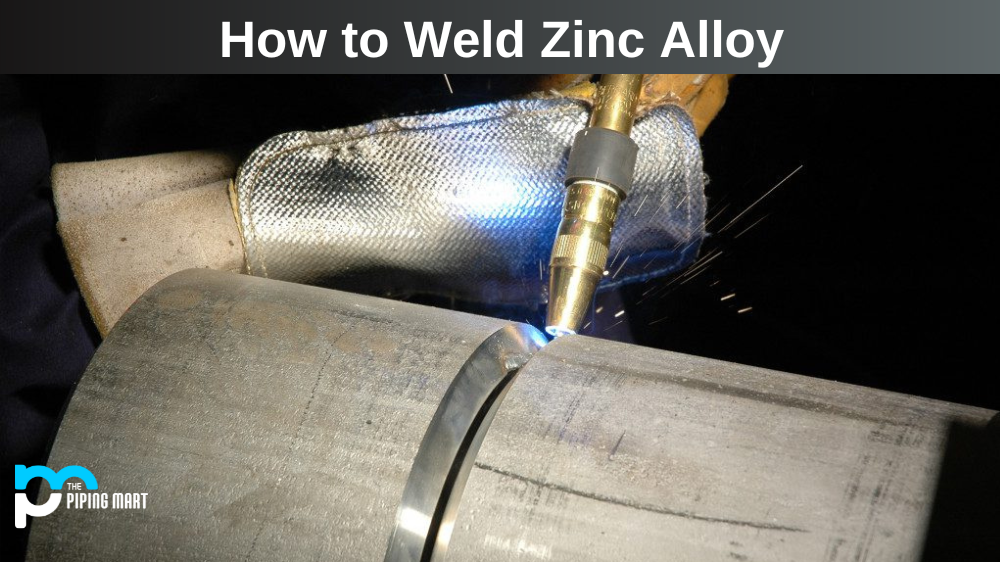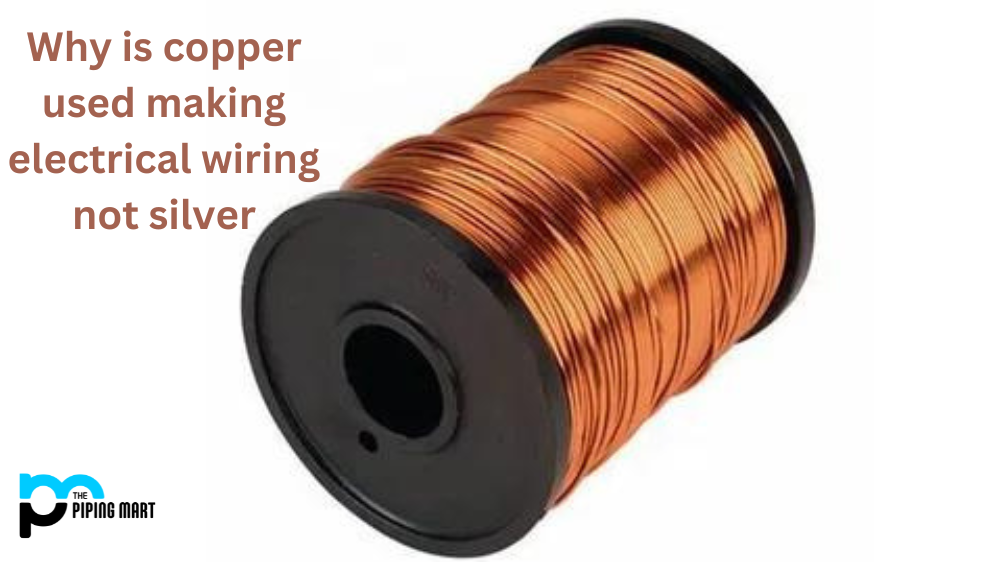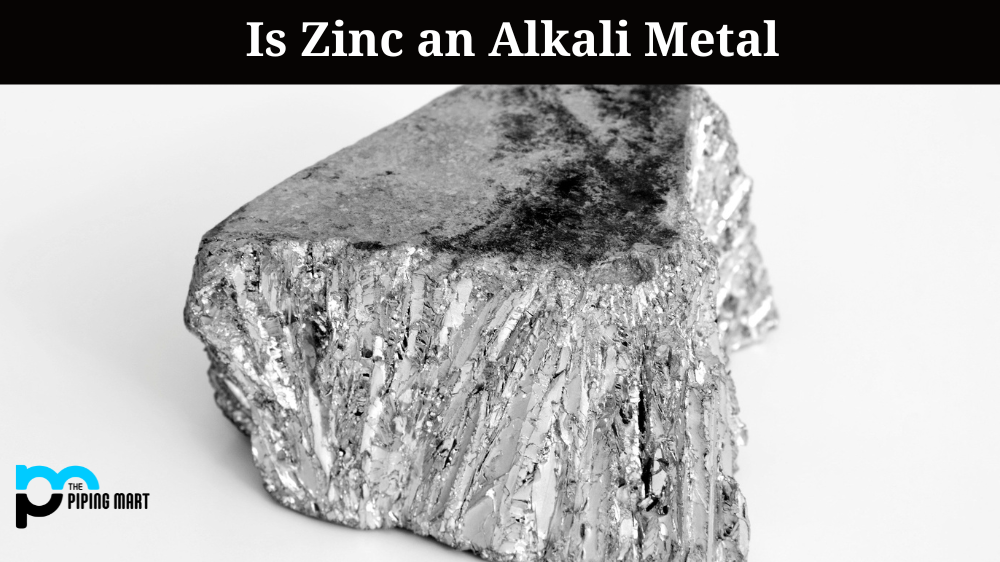Welding zinc alloy is a specialized process that requires special tools and techniques. Zinc alloys are among the most challenging materials to weld due to their high melting point and tendency to oxidize when heated. However, with the right approach, welding zinc alloy can be achieved with skill and patience. Let’s consider what you need to know about welding this challenging material.
Basics of Welding Zinc Alloy
Welding zinc alloy requires careful attention to detail, as well as a knowledge of the properties of the metal itself. It is important to understand that zinc alloys have varying degrees of strength and flexibility depending on the type used. For example, some are very brittle, while others are more pliable. Knowing which one you’re working with will help you determine the best welding technique for your project.
In addition, it is important to use a direct current (DC) power source for welding zinc alloy, as alternating current (AC) can cause excessive spattering and poor fuse formation in this type of metal. The correct amount of heat must also be maintained throughout the process; too much heat can cause warping or burning, while too little can lead to weak welds that may not hold up over time. Finally, all surfaces must be clean before starting to ensure proper bonding between the metals being joined together.
Zinc Welding Process
1. Gather your materials.
In order to weld zinc alloy, you will need a welding torch, welding rod, and a piece of zinc alloy.
2. Clean the surface of the zinc alloy.
Use a wire brush or sandpaper to remove any dirt, debris, or oxidation from the surface of the zinc alloy. This will help ensure that you get a good weld.
3. Set up your welding torch.
Make sure that the oxygen and acetylene valves are turned on and that the flame is set to the proper size.
4. Begin welding.
Hold the welding rod close to the zinc alloy and start the welding torch. Move the torch along the seam of the zinc alloy as you weld.
5. Allow the weld to cool.
Once you have finished welding, turn off the welding torch and allow the weld to cool completely before handling it.
Tools Needed for Welding Zinc Alloy
In addition to knowing which type of power source and what temperature range should be used when welding zinc alloy, there are specific tools that should always be employed to ensure success with this challenging material. An Argon gas regulator should be used to protect against oxidation during heating. An angle grinder should also be used for maximum penetration into corners or tight areas where access might otherwise be difficult or impossible. A flux-coated electrode should also be utilized for better control over sparks and spatter during welding, and a wire brush to remove any excess slag from the finished welded joint.
Conclusion:
Wielding zinc alloy requires skill and precision, but it can be done successfully with the right tools and techniques. Knowing which type of power source and temperature range is appropriate for your project is essential to ensure strong bonds between metals without causing damage or weakening due to excessive heat exposure or oxidation during heating processes. With careful planning ahead of time and using quality tools designed specifically for working with this challenging material, you should have no problem creating professional results each time you decide to tackle a new welding project involving zinc alloy!

A passionate metal industry expert and blogger. With over 5 years of experience in the field, Palak brings a wealth of knowledge and insight to her writing. Whether discussing the latest trends in the metal industry or sharing tips, she is dedicated to helping others succeed in the metal industry.




